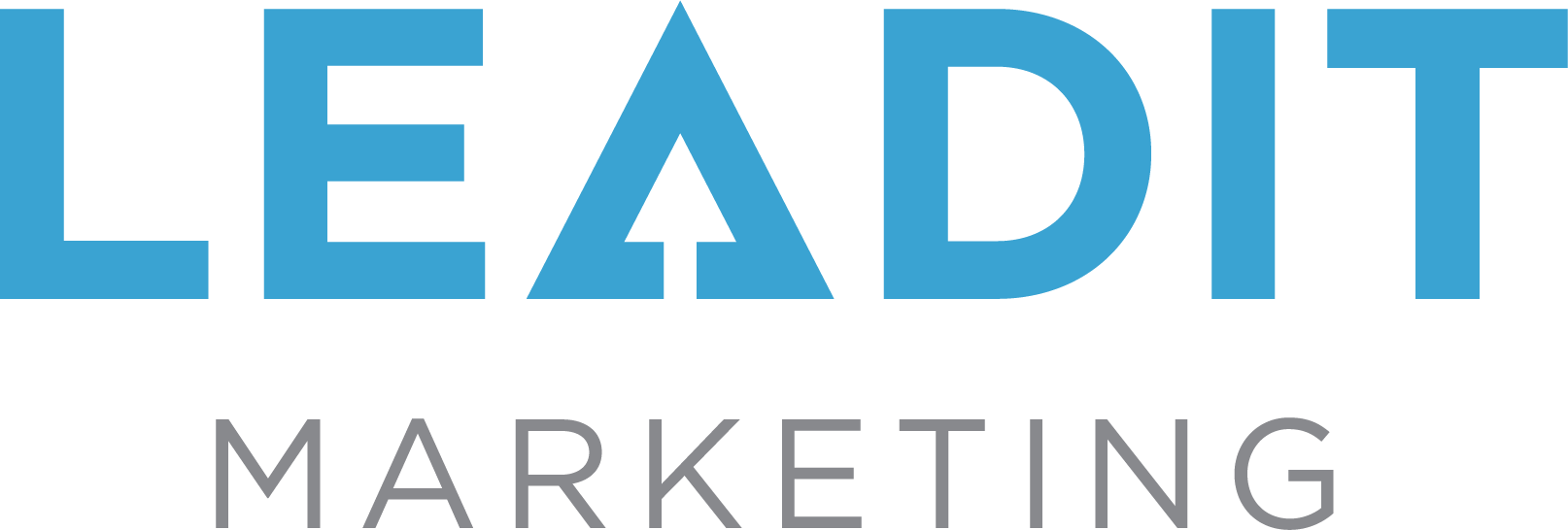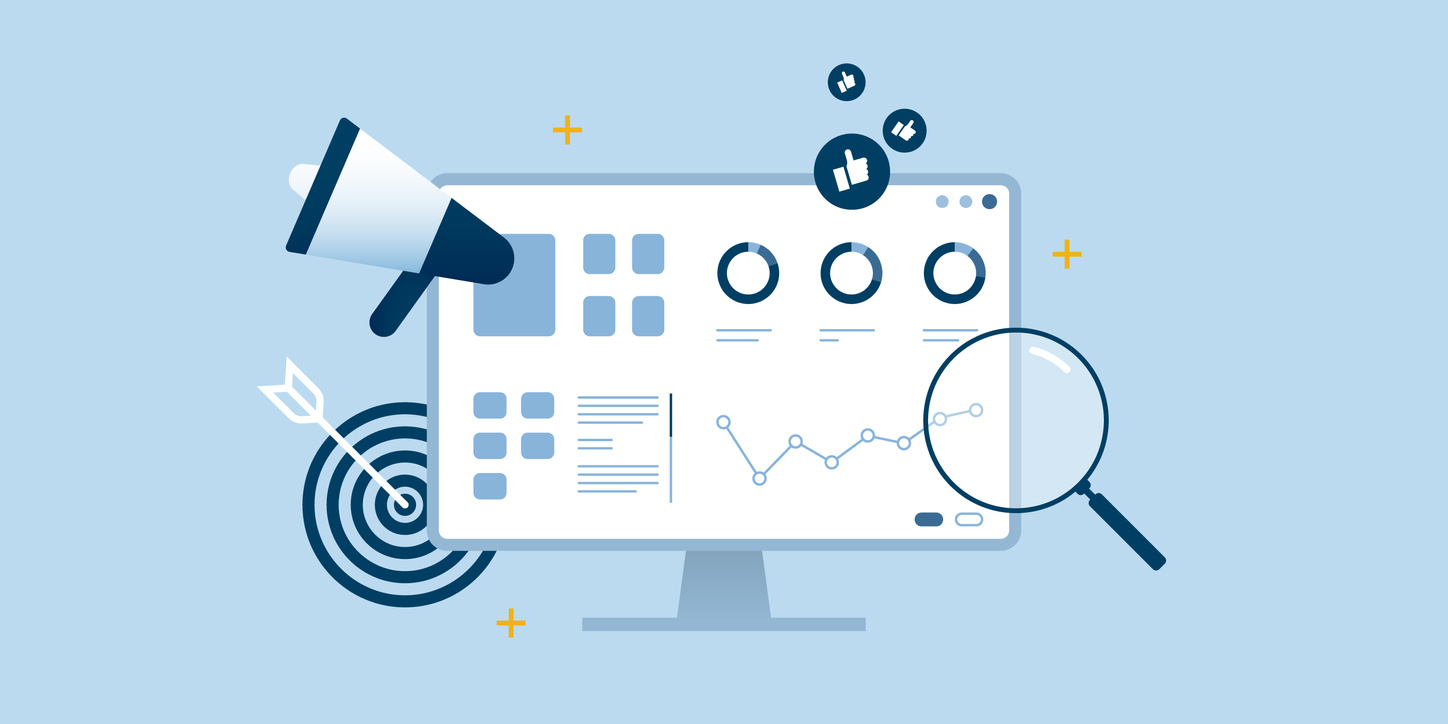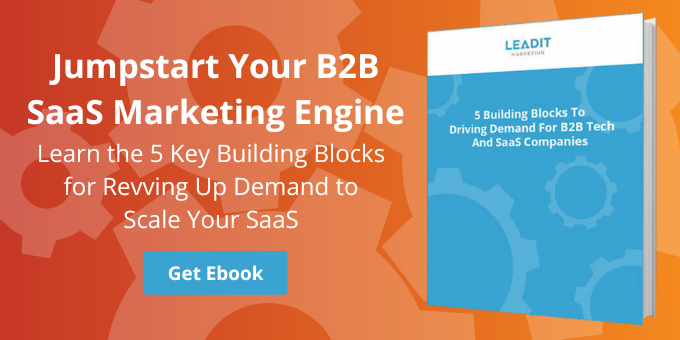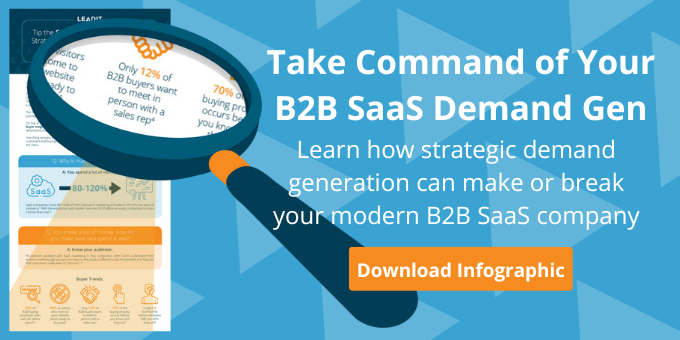The Secret to Great B2B Marketing: The Content Marketing Audit
Marketing in today’s world involves more than just writing a catchy slogan and having a memorable logo. Content is king in the digital realm, and sharing helpful knowledge and assets that have real value to your target audience across so many different channels can be overwhelming.
Which begs the question: How can I keep my B2B SaaS content marketing strategy and assets organized? The Content Audit
Content auditing involves evaluating your marketing assets, assessing the strengths and weaknesses of your existing content, and then utilizing the results to prioritize future B2B content marketing needs.
Once you complete your content marketing audit, level up your messaging with our tips for creating an effective B2B tech messaging strategy, which we discuss in our webinar here.
Consider the following steps to audit your company’s content and optimize your marketing efforts:
1. Define the Goals of the Audit
What question is the content audit trying to answer? For example, auditing search engine optimization (SEO) on a website involves an entirely separate grading structure than building brand affinity or encouraging audience engagement.
2. Conduct a Content Inventory
What content is already available for reuse?
- Previously written blogs can be summarized and linked to social media sites.
- Combine a case study and video to provide more insight into the report’s findings.
- Recorded webinars can be transcribed and developed into a guide for download.
- Create a drip campaign with all the assets you have available.
Repurposing existing content can increase exposure across more channels, and resurfacing older content can have an impact on new audiences.
When reviewing your content inventory, take into account the messaging and tone of your existing content. Learn how to create a cohesive content strategy in our eBook which you can download here.
3. Consider Available Resources
Content is vital for the growth of a B2B SaaS organization. If recruiting, training, and hiring a specialized B2B content marketing professional isn’t feasible, many companies outsource their content marketing to experienced individuals or agencies to ensure the best presentation and reach for marketing content.
- Documenting the Audit
- Create a spreadsheet of the assets in the content inventory. Categories can include:
- Type of media: Testimonial, case study, webinar, article, white paper
- Intended target audience with buyer persona information: Buyers, manufacturers, competitors
- Important dates: Created, updated, deleted
- Important people: Author, edited by and approved by
- URL: Direct link to the asset
- Gated v. Non-gated: Does the target audience need to complete a registration form?
- Format: PDF, MP4, Word Doc
- Gather asset data: Consider the objectives and gather the required information to evaluate progress against those goals.
- Analyze the data: Closely review content that has produced results as well as materials that need improvement.
- Snoop on your competitors: The competition can offer a wealth of knowledge. Save valuable time and energy by viewing your competitors’ marketing materials.
- Create a plan of action using a content map: Remember, the goal is to convey the most relevant content to the target audience at the most opportune time for the best possible ROI.
- Create a spreadsheet of the assets in the content inventory. Categories can include:
Conducting a content audit provides a company with a foundation on which future marketing initiatives can be built, and guidance on where best to allocate your time and budget – both are always in short supply for the modern marketer.
Need help taking the plunge and getting your B2B content marketing audit off to a good start? Reach out to our B2B content marketing experts for a free 30-minute consultation.














